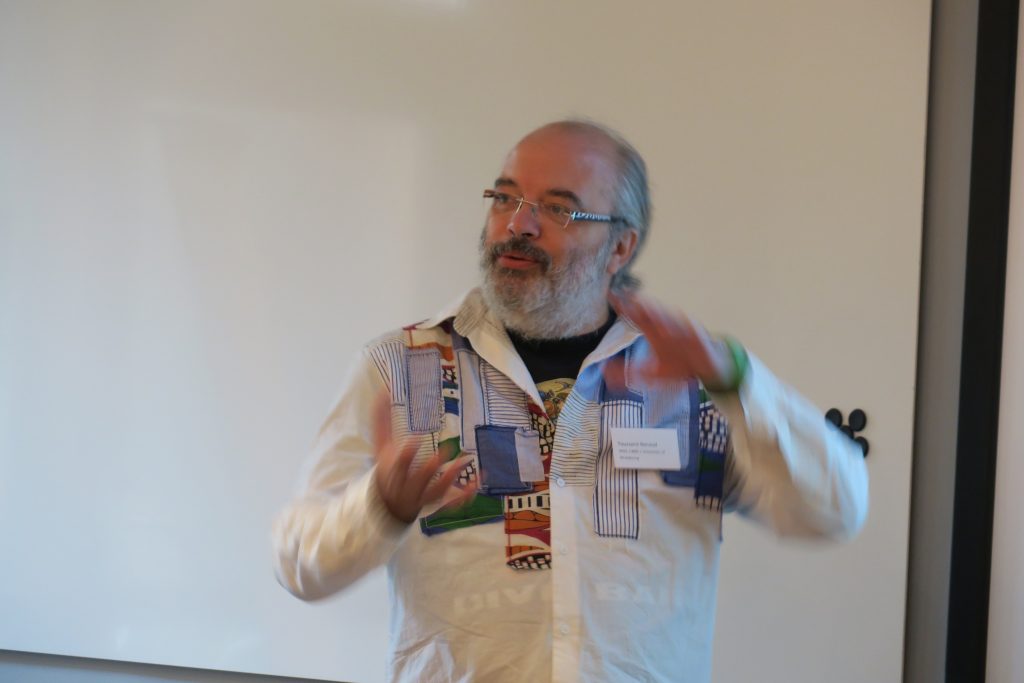
The article from Professor Renaud Toussaint and coworkers (Shahar Ben-Zeev, Liran Goren, Renaud Toussaint & Einat Aharonov) has been accepted in Nature Communications.
Congratulations!
Read the paper here: Drainage explains soil liquefaction beyond the earthquake near-field | Nature Communications
A popular science article was published on this article in SCIENMAG here: New insights into soil liquefaction during earthquakes research reveals (scienmag.com)
Abstract
Earthquake-induced soil-liquefaction is a devastating phenomenon associated with loss of soil rigidity due to seismic shaking, resulting in catastrophic liquid-like soil deformation. Traditionally, liquefaction is viewed as an effectively undrained process. However, since undrained liquefaction only initiates under high energy density, most earthquake liquefaction events remain unexplained, since they initiate far from the earthquake epicenter, under low energy density. Here we show that liquefaction can occur under drained conditions at remarkably low seismic-energy density, offering a general explanation for earthquake far-field liquefaction. Drained conditions promote interstitial fluid flow across the soil during earthquakes, leading to excess pore pressure gradients and loss of soil strength. Drained liquefaction is triggered rapidly and controlled by a propagating compaction front, whose velocity depends on the seismic-energy injection rate. Our findings highlight the importance of considering soil liquefaction under a spectrum of drainage conditions, with critical implications for liquefaction potential assessments and hazards.
